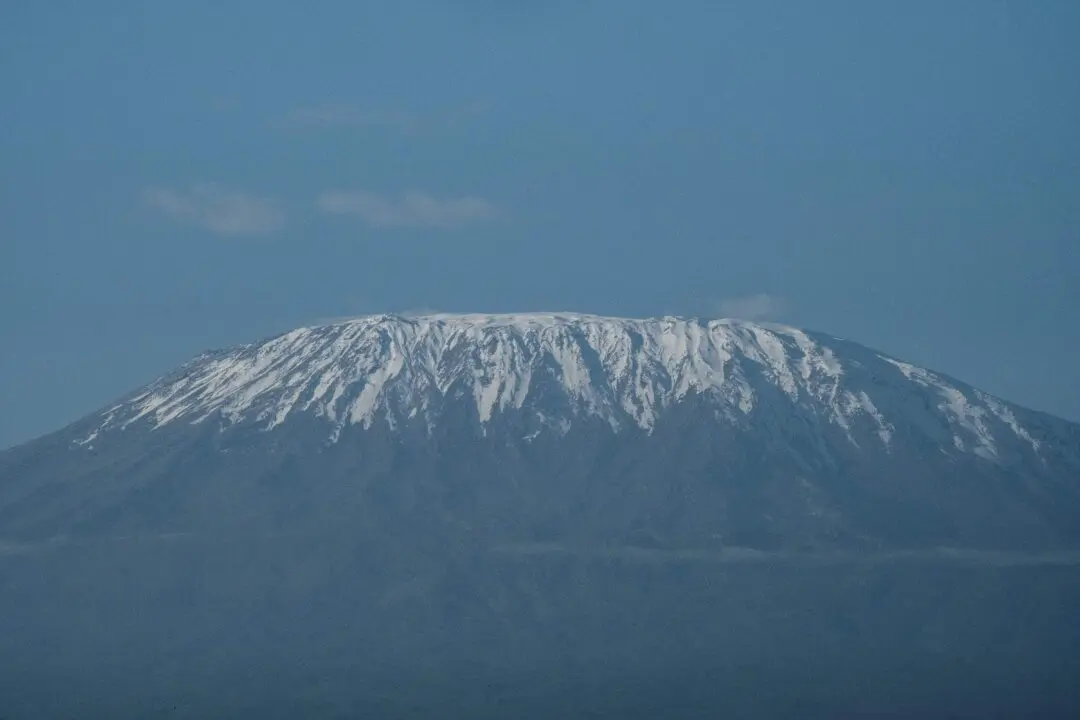PHOENIX—An Arizona prisoner is scheduled to be executed by lethal injection in less than three weeks for killing an 8-year-old girl, marking the second condemned man to decline lethal gas since the state refurbished its gas chamber—a method of execution that hasn’t been used in the United States in more than 20 years.
Frank Atwood declined to pick a method of execution when corrections officials asked him if he wanted to die by lethal injection or the gas chamber. Lethal injection is Arizona’s default execution method when condemned prisoners refuse to make a selection.





